When it comes to eating outside, there’s often an inherent romanticism sitting at the proverbial table. After all, what could be better than a tasty picnic lunch or dinner in a beautiful outdoor space? In reality, though, those FOMO-inducing Instagram photos often omit plenty of messy details that go hand-in-hand with cooking and eating outside. Details like: What’s the best way to pack your meal(s) (and corresponding cooking gear) into the backcountry? How do you keep bugs and critters at bay? Is your cooking setup sustainable and as low impact as it can be? How do you keep cleanup from being a big ordeal? What about trash?
Here are a few food-related lessons learned over the years that can help make outdoor meals easier, less stressful, and most importantly, align with both zero-waste and Leave No Trace principles.
Nested Packing and Dehydrated Meals
In order to save space in your pack, try nested packing (in which, for instance, your camp stove and fuel canister might fit inside your pot) and utilizing dehydrated meals, where all you need to do is add hot water and wait a few minutes for your meal to rehydrate. Both of these strategies help you save space, weight, trash, and time. You can buy pre-made dehydrated meals or you can pre-make your own, in which case you can then simply pack each meal in a sealed, reusable bag. Likewise, if you don’t dig dehydrated meals, you can add everything for each meal into reusable containers, so you’re not dealing with opening cans or unwrapping packages (and thus, creating more trash to pack out) when you’ve reached your campsite/picnic spot.
One-Pot Meals

Many dehydrated meals have the added advantage of being one-pot meals, which makes both preparation and clean-up much simpler, but you can also make all kinds of pasta, salads, and soups/stews with a single pot. One of my favorite go-to camping meals is boiled rice noodles (only takes 3-4 minutes) with curry sauce dumped enthusiastically on top. It’s hearty and filling, but also incredibly simple and no fuss. One-pot meals mean only one pot to clean. Don’t forget to bring a pot with a lid, which helps keeps bugs and bees from becoming added protein.
Focus on Simplicity, Versatility and Sustainability
Instead of packing paper plates and plastic cutlery, invest in reusable cutlery or just bring forks and spoons from home. Fabric squares make excellent reusable napkins, and I don’t go camping without them. Don’t forget that you likely need far less than you might originally think to enjoy meals outside. For example, consider eating your meal out of the pot you just cooked it in; no need to dirty more bowls or plates if you don’t need to!
Reusable Containers are your Friends
Reusable bins are great ways to store all of your camping/cooking gear, and they’ll also keep critters out of them. When you’re cooking, keep everything you need close to you, and don’t open any food and turn your back on it (lest a bird, squirrel, or something larger make off with it). Recruit some friends to help keep an eye on anything you have to walk away from, especially campfires. Don’t forget to make sure fires are 100% COLD before you leave them.
Streams and Lakes are Not Sinks... Bring a Dish Bin!

Don’t be those people washing their dishes in the lake, or the river, or the campground bathroom. Invest in a small, reusable dish bin you can fill with warm (biodegradable) soapy water, as needed. To clean up after one-pot meals, simply add a little more water to your pot, reheat as necessary, scrub a little with a reusable sponge (and some biodegradable soap if you need it). With a little practice, you can good enough at this that you won’t need to heat extra water for dishes—because there won’t be anything left to clean up! Keep in mind that any and all greywater (water created when you wash dishes, etc.) needs to be disposed of properly. Greywater must be buried at least six inches, and at least 200 feet away from any trails or water sources. (Some campgrounds have specific places to dump greywater, and many have specific places where you can’t.)
Pro Tip: If a small dish bin isn’t in the cards for your trip, bring some biodegradable wet-wipes to help clean your dishes. But remember, “biodegradable” doesn’t mean you get to leave them behind.
Pack It In, Pack It Out
Even if your only trash is some used wet-wipes and the container your dehydrated meal came in, that trash must be packed out with you, and must be stored properly while you’re in camp (such as in a sturdy, rip-proof bear bag or bear canister).
Stay Vigilant About Litter
When you eat outside, are you littering without knowing it? The more packages you have to open to create your outdoor meals, the more likely you are to drop something unwittingly. Always do a walk-through of your campsite/picnic area before you leave it and grab any rogue trash you might find.
Narrator: This blog was thoughtfully written by Kerri Anne Stebbins. You can find her on Instagram @kerri_anne.

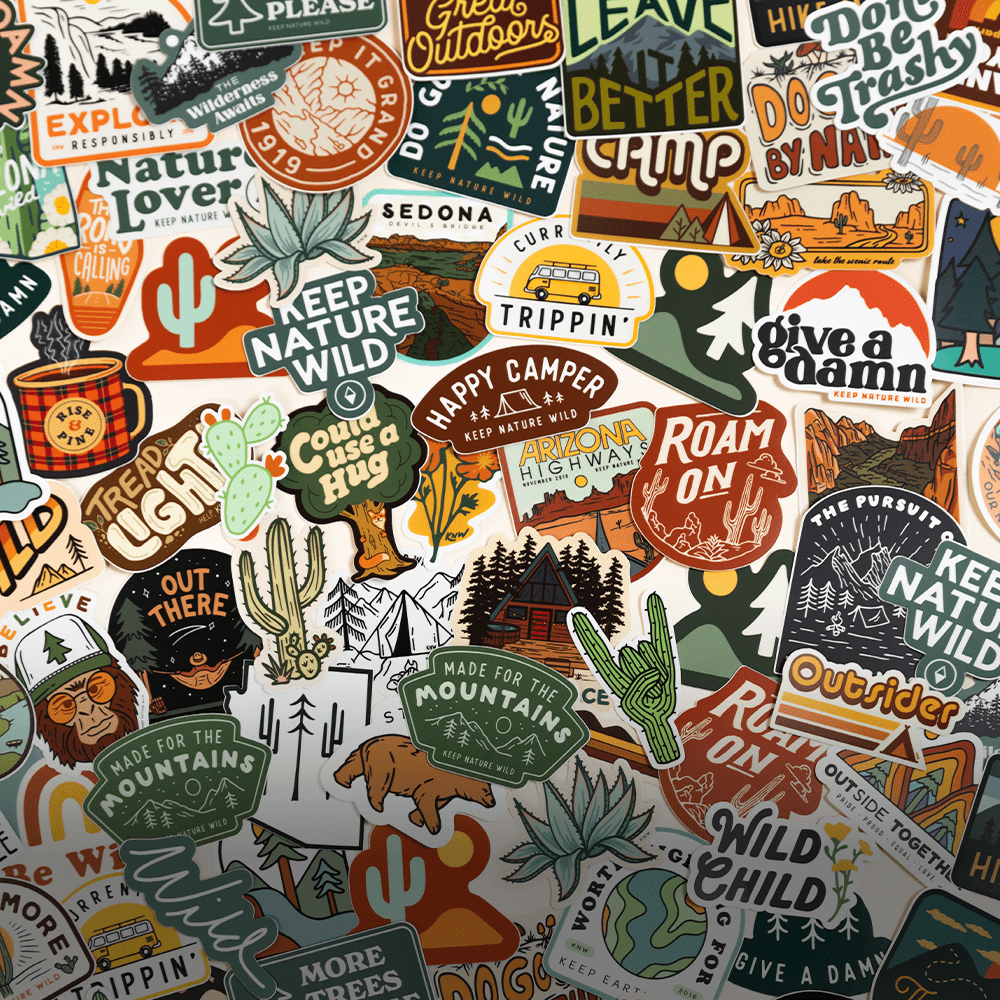
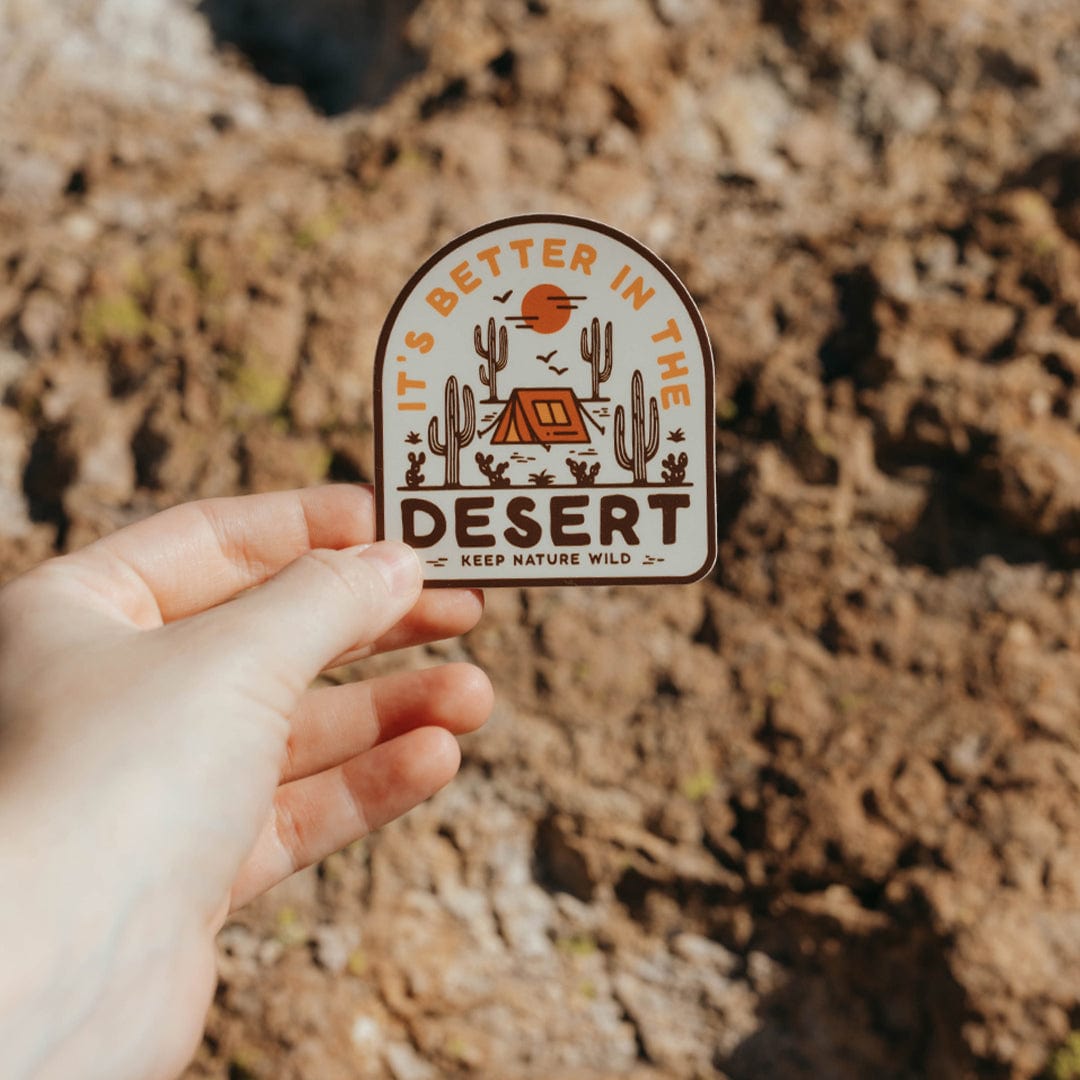
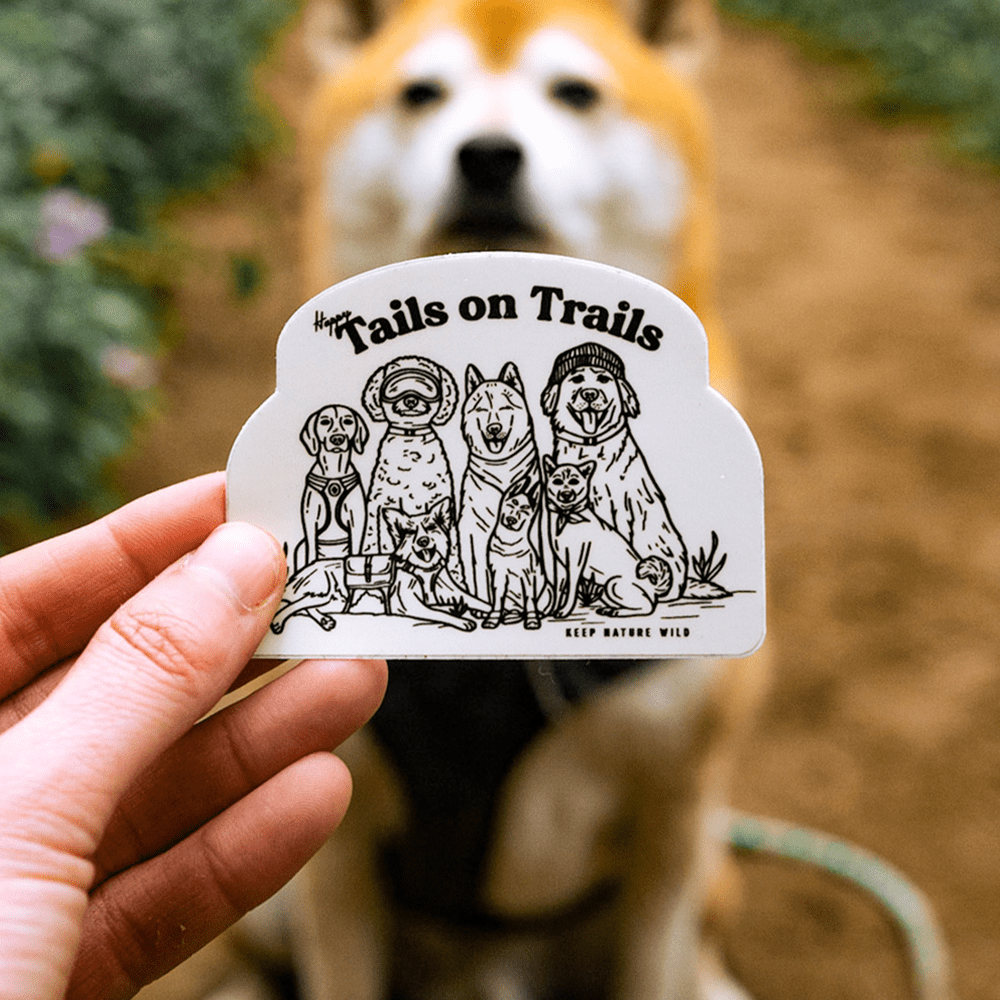
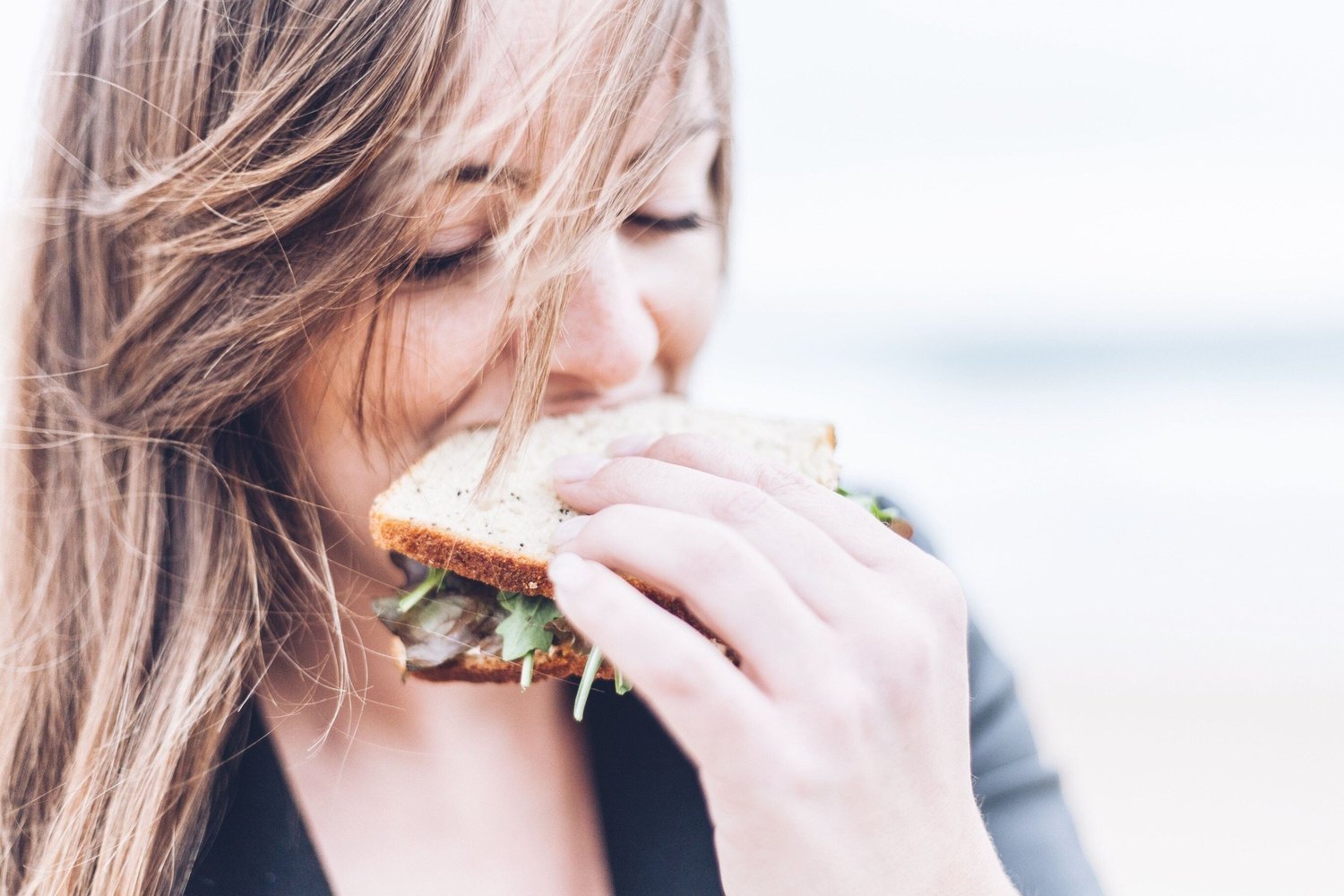
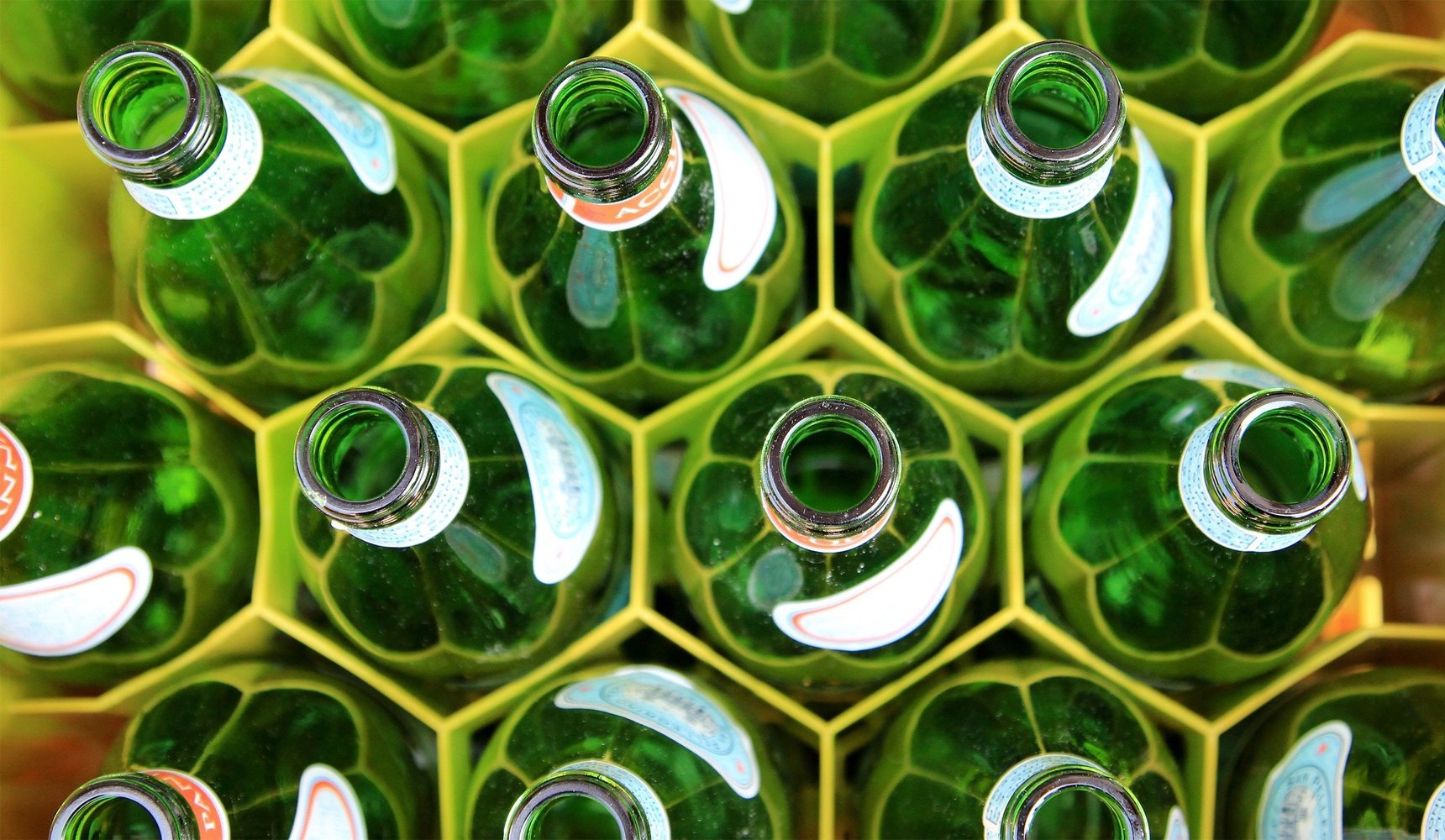
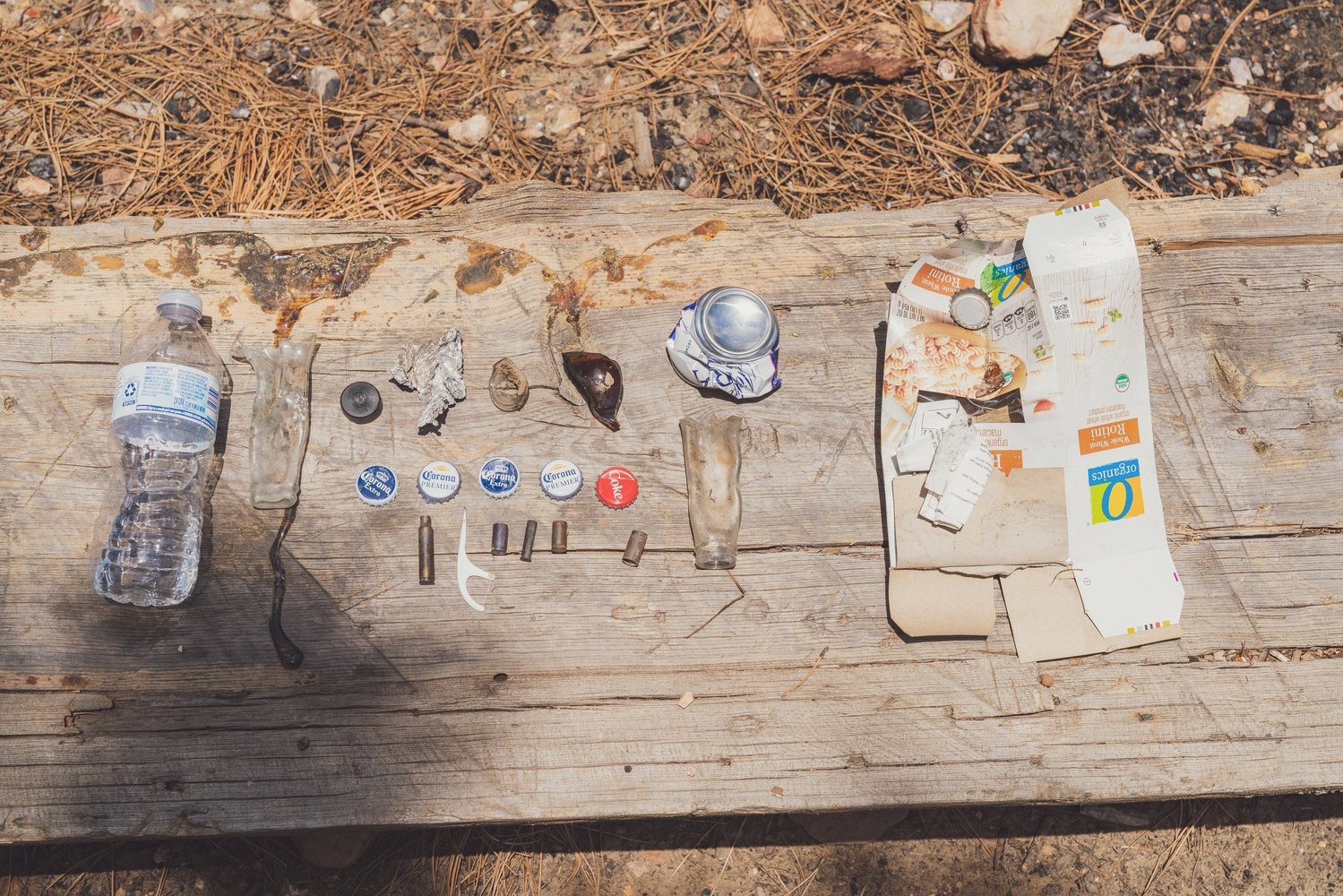
Leave a comment
All comments are moderated before being published.
This site is protected by hCaptcha and the hCaptcha Privacy Policy and Terms of Service apply.